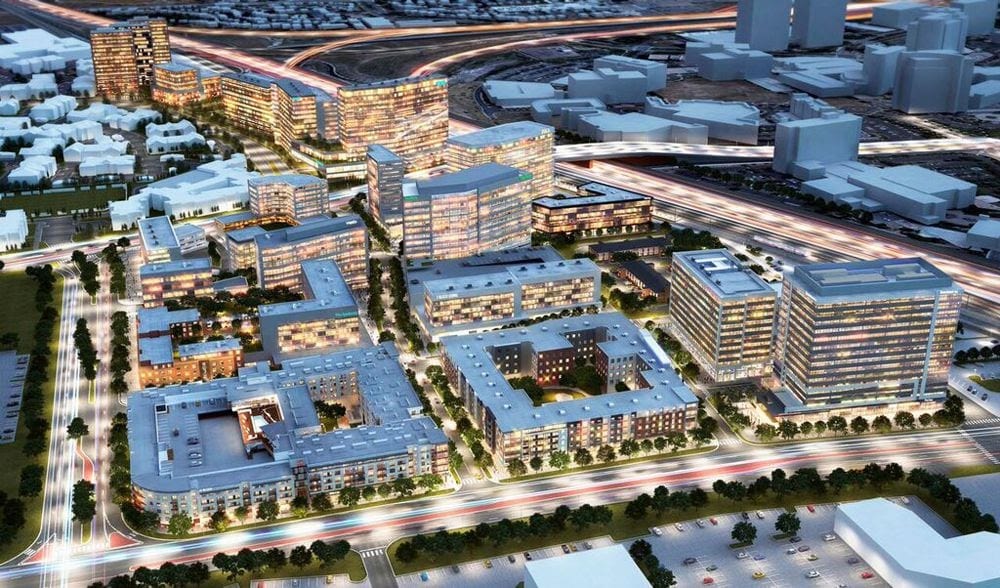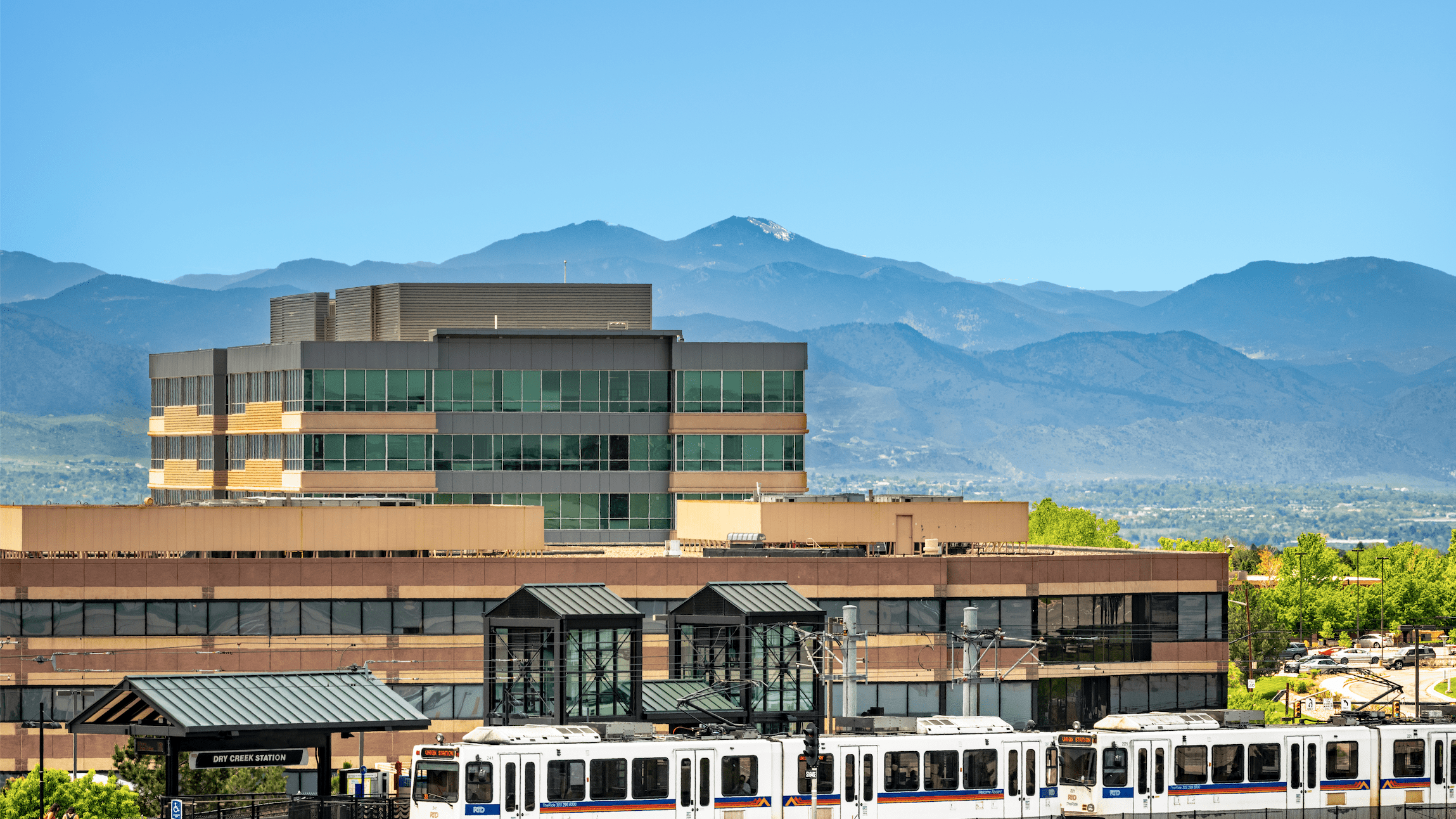Here in Denver South, we recognize we are in a unique position that few other communities in the nation are in—we have a tremendous backbone of transportation infrastructure, paired with undeveloped land that acts as a blank canvas for us to envision the future. As Denver South continues to be a desirable landing spot for companies and employees alike, we anticipate continued growth in our corridor, which we recognize will necessitate new solutions. With the freedom we have to envision the future today, our partners are being intentional about designing communities that offer easy access to everything residents will need, putting living, working, and shopping options all within walking distance of mass transit. Creating neighborhood spaces that accommodate this diversity is vital to the future of Denver South.
This vision leads us to inform neighborhoods that feature social and cultural amenities and a diverse mix of housing opportunities. The lifestyle Denver South embodies has led us to explore and help develop the “metro village model.” Simply put, the metro village can provide the vibrant pedestrian-friendly neighborhoods that embody the look and feel residents want and need. These neighborhoods are differentiated by three ideals:
Dynamic – Metro villages are created to be adaptable and foster organic growth. They meet the needs of residents by fostering diversity and weaving in the character of the community in which they grow. They bring opportunities to attract or develop new cultural institutions, independent retail, schools, churches, hospitals, museums, and libraries. The District in Centennial for example is incorporating parks and plazas into their office-centric neighborhood, with the aspiration that these common areas can be activated for cultural and community events to provide a rich experience for residents, area business, and the community.
Planned – By locating metro villages near transit stops and connecting them to nearby open space, commercial corridors, and business parks Denver South is leading the way to creating strategic corridor management. Integrating villages into new development patterns would respect the fabric of existing neighborhoods while accommodating our growth and changing demographics. Belleview Station has become the model for such development in the region, seamlessly integrating housing, offices, and retail and dining within walking distance of light rail. The development has seamlessly integrated into the existing street plan, while offering the next generation amenities they desire. The metro villages concept will create development and redevelopment opportunities near light rail station areas, and would be driven by an inclusive process that considers and would encourage local community and stakeholder input.
Connected – We know that a sense of connectedness helps bring communities together. We see the metro village concept as vital to connecting high density areas, concentrated within walking distance of light rail stations, and surrounding residential neighborhoods, together through common space and cultural amenities. The RidgeGate development in Lone Tree provides a beneficial case study in developing a connected community, interweaving commercial and residential options with a network of parks, open spaces, and cultural venues. Metro villages provide a model for connecting our thriving communities and creating a sense of place.
Suggested Reading:
Our approach casts a vision for future development. Metro villages, built near light rail, can become centers of the live/work/play ethos, and can act as a hallmark for the Denver South lifestyle in the future. Smart growth and planning will also allow us to capitalize on significant light rail investments already made by the community. Our aim is to create something unique: classically Colorado while still uniquely Denver South.


